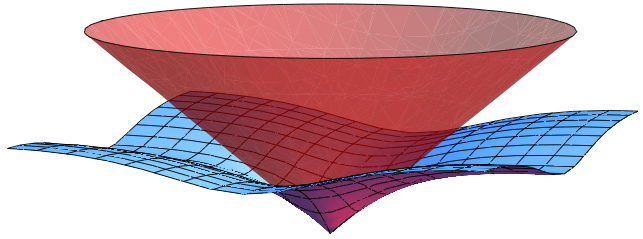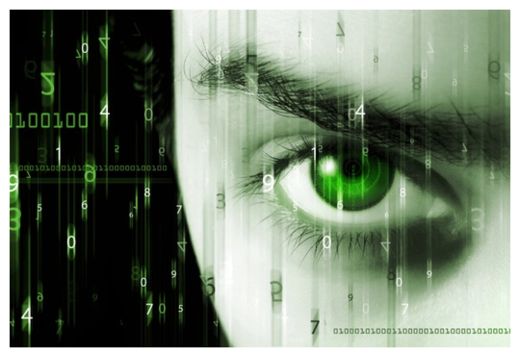A British philosopher, Nick Bostrom, hypothesized that we might in fact be living in a computer simulation being run by our descendants in the future. Bostrom, a philosophy professor at the University of Oxford, published a paper in Philosophical Quarterly in 2003 arguing that one of three possibilities is true:
1) The human species is likely to go extinct
before reaching a "posthuman" stage.
2) Any posthuman civilization is very unlikely to run a significant number of simulations of its evolutionary history.
3) We are almost certainly living in a computer simulation.
Bostrom also said, "The belief that there is a significant chance that we will one day become posthumans who run ancestor simulations is false, unless we are currently living in a simulation."
Now, a team of physicists at the University of Washington has created a potential test to see if we are indeed living in a computer simulation. However, it will be decades before technology reaches the point where even primitive simulations of the universe are viable. The UW team has theorized tests, however, that can be performed now or in the near future that would be sensitive to constraints imposed by the limited resources and technological abilities of such primitive simulations.

Though our potential to create larger simulations - the size of a molecule, then a cell and eventually a human being - is growing, many generations of computing power growth are necessary before a large enough simulation can be created to allow us to understand the constraints on the physical processes that would indicate we are living in a computer model.
Savage said, however, signatures of resource constraints in present-day simulations are likely to exist as well in simulations in the distant future. These constraints include the imprint of an underlying lattice if one is used to model the space-time continuum.
The space-time continuum is basically divided into a four-dimensional grid by supercomputers performing lattice quantum chromodynamics calculations, allowing researchers to look at what is called the strong force. This is one of the four fundamental forces of nature; specifically, the one that binds subatomic particles called quarks and gluons together into neutrons and protons at the core of atoms.
"If you make the simulations big enough, something like our universe should emerge," Savage said. He added that it would become a matter of looking for the constraint signature in our physical universe that has an analog in the current small-scale simulations.
The team, which also included Silas Beane of the University of New Hampshire, suggested that the signature could show up as a limitation in the energy of cosmic rays.
The current study has been posted on arXiv, an online archive for preprints of scientific papers in a number of fields, including physics. The findings suggest that the highest-energy cosmic rays would not travel along the edges of the lattice in the model but would travel diagonally. These rays would also not interact equally in all directions as they would otherwise be expected to do.
"This is the first testable signature of such an idea," Savage said.
Zohreh Davoudi, a UW physics graduate student, suggests that if our universe is a simulation, then those running it could be running other simulations as well, essentially creating other universes parallel to our own.
"Then the question is, 'Can you communicate with those other universes if they are running on the same platform?'" she said.




I read something once (can't remember what) that suggested clues might be found in the "flaws in the fabric of reality." Upon reflection, I decided that Zeno's paradoxes might be a huge clue. According to Wiki, the paradoxes possibly support the doctrine that "contrary to the evidence of one's senses, the belief in plurality and change is mistaken, and in particular that motion is nothing but an illusion."
Fun to think about, anyway.